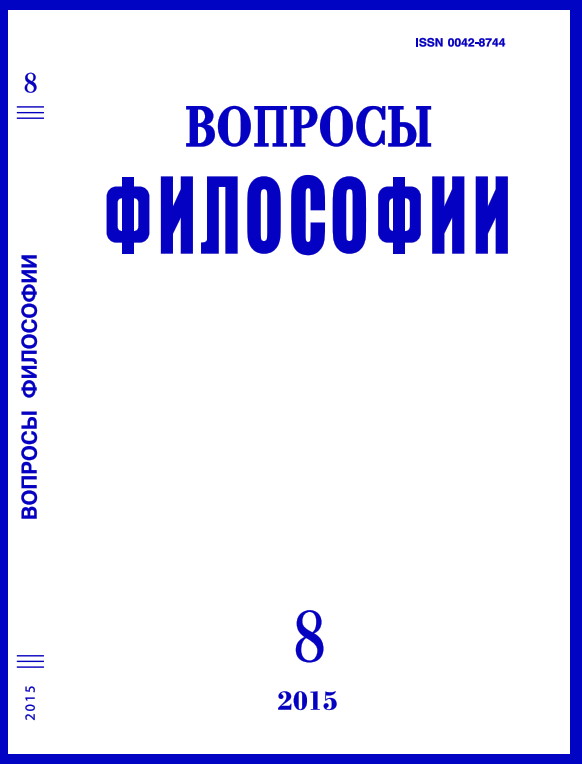Plato and the Corpus Platonicum: the elements of a new model
Keywords:
Plato, Corpus Platonicum, H. Tesleff, I. Düring, speeches, reported dialogues, dialogues in a direct dramatic form, chronology, institutional approachAbstract
The approach which dominates today in the fi eld of platonic scholarschip is evidently
eclectic. Within this approach, the image of Plato as created by the ancient doxography (a
Socrates’ disciple who became the head of the Academy) is supplied with discernible features
of a modern scholar or university professor. The initial impetus for our model, conceived as an
alternative to this eclecticism, was given by H. Thesleff and I. Düring. It can be summarized as
follows. An aristocrat by birth, Plato was fi rst and foremost, a political thinker and a follower
of the Pythagoreans. His literary activity begins with speeches in aristocratic clubs (late
390s – mid-380s: the Apology, the speech of the Menexenus, the speeches of the Phaedrus and
the Symposium, cf. the speeches of the Protagoras).
The reported dialogues were written against the background and for the sake of regular
discussions in Plato’s private house, — a κηπíδιον near Academy, bought upon return from the
fi rst voyage to southern Italy and Sicily. These are (late 380s – early 360s): the Republic and,
at the same time, the Protagoras, the Symposium, the Phaedo, the Charmides, the Lysis,
the Euthydemus.
The development of Plato’s school makes him more concerned with a scientifi c (verifi able)
method of defi nition (dialectics); in order to elaborate his own method he studies closely the
achievements both of the sophists and the eristics (particularly the Megareans). This is when he
began to write dialogues in direct dramatic form (late 370s – the second half of the 360s: the
Theaetetus, the Cratylus, the Meno, the Parmenides); his students also start writing dialogues.
At the same time (mid–late 360s) Plato develops the ideas of the last books of the Republic
and writes the Timaeus (the demiurge creates the sensible world in accordance with an eternal
intelligible model). Then he begins to prepare material for the Laws (cf. the dialogues of Plato’s
students: the Alcibiades I, the Crito, the Minos, the Euthyphro).
At 366 Aristotle joins Plato’s Academy and becomes an active participant of all the
methodological discussions; he writes the Topics and the Sophistical Refutations, and also
examines the rhetorical techniques and begins to develop separate sciences: logics, physics
(including biology), ethics and politics. As well as other members of the Academy, Aristotle
criticizes Plato’s conceptions, in particular, his dialectic. Trying to save the dialectic, Plato
invents the method of division (the Sophist, the Statesman) and creates a conception of the
number as the intermediate between the unity of the fi rst principle and the plurality of the visible
world (the Philebus). But these attempts to work out his own scientifi c method fail. Plato’s
last work, the Laws, is devoid of any dialectics, nor the conception of the intelligible world as
paradigm to the sensible world is present in this text. Instead, he speaks of an evil world-soul
and sharply criticizes natural philosophy.

